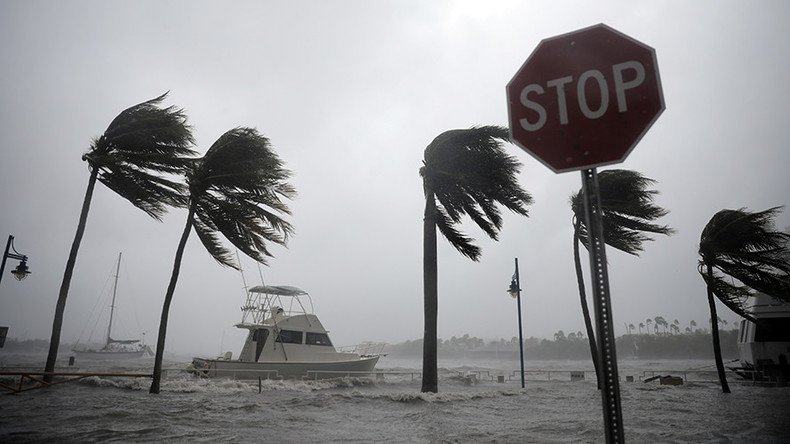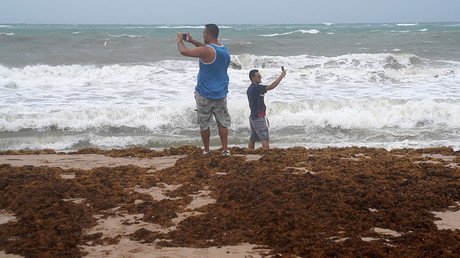‘No 100% safety’: Florida toxic materials could leak as Irma hits, EPA ‘aggressively’ securing sites

Scores of Environmental Protection Agency staff have been working to secure equipment and isolate hazardous materials at Florida’s 54 Superfund sites in the hours before Hurricane Irma made landfall – two weeks after similar sites were damaged by Hurricane Harvey.
Superfund sites are heavily contaminated former industrial zones.
The EPA “can’t guarantee it 100 percent,” that there will not be contamination following the storm, Senator Marco Rubio told AP Saturday night, but reassured the media that federal agents were “generally positive” about their preparation efforts.
“EPA feels they got a handle on it. They think that the risk is real but certainly not as severe as some other places. Not to minimize it – it’s something to think about,” said the Republican politician.
Potential leaks could poison water and soil and cause damage to humans or wildlife, or, at the very least, require expensive clean-up operations.
This week, the EPA said it had sent more than 80 staff to Florida, compared to over 200 for Texas, but nonetheless hoped to be more proactive.
READ MORE: Stormchasers ignore dire storm warnings to measure Hurricane Irma windspeed (VIDEO)
"Operationally, we’ve tried to make sure we apply the same type of approach we used in Texas. Because of the area and the amount of population that’s affected in Florida, we’re trying to be even more aggressive," US environmental chief Scott Pruitt said Thursday.
AP said its reporters personally inspected six Superfund sites nearest to Irma’s point of impact and found no work going on at any of them. Barrels containing what appeared to be contaminants were left out in plain sight. When questioned about this, the EPA responded that if “there is no activity, a site should be considered secured but would be closely monitored.”
“If any site in the path of the storm is found to pose an immediate threat to nearby populations, EPA will immediately alert and work with state and local officials and inform the public – and then take any appropriate steps to address the threat,” EPA spokesperson Liz Bowman said Friday. “So far no sites have risen to this level that we are aware of.”
A recent study published by the Government Accountability Office said water levels of 1 to 4 feet above the ground could be sufficient to flood Florida’s most vulnerable sites. The National Hurricane Center has predicted that storm surges may reach 15 feet.
Although Hurricane Harvey flooded 13 Superfund sites, the EPA says that inspections, some precautionary, of 58 sites have revealed no toxic spillage. Two more sites are yet to be reviewed.
READ MORE: Worst case scenario? Massive damage feared in Tampa as it awaits Irma’s wrath














